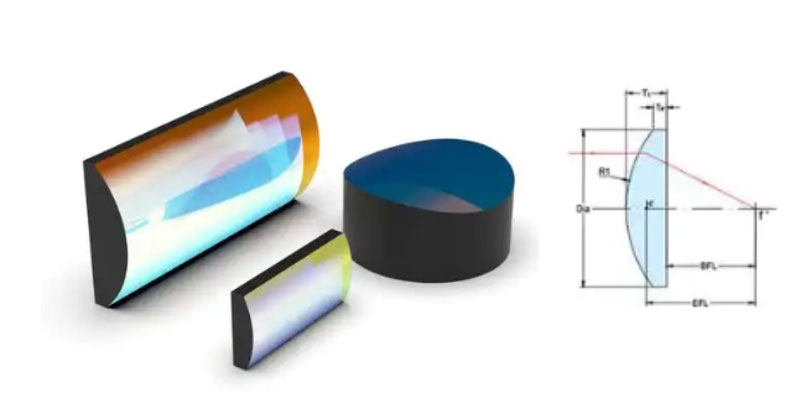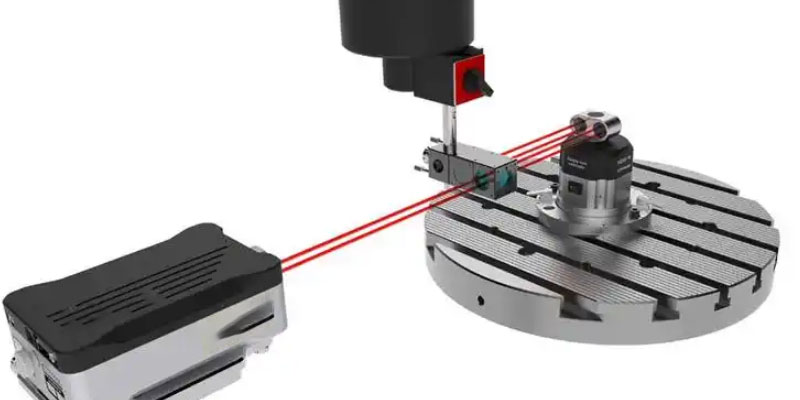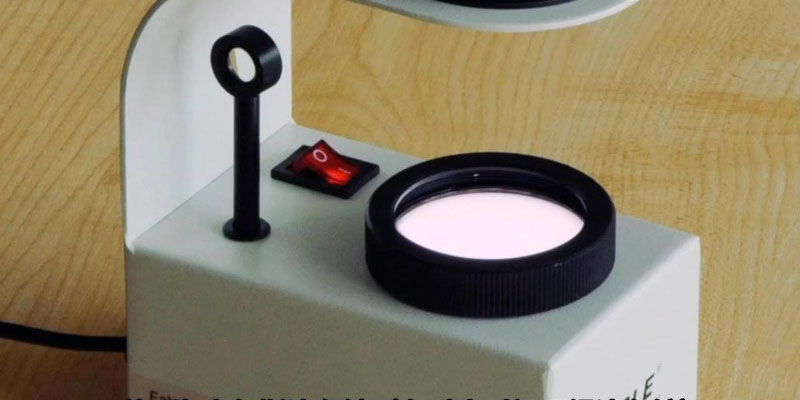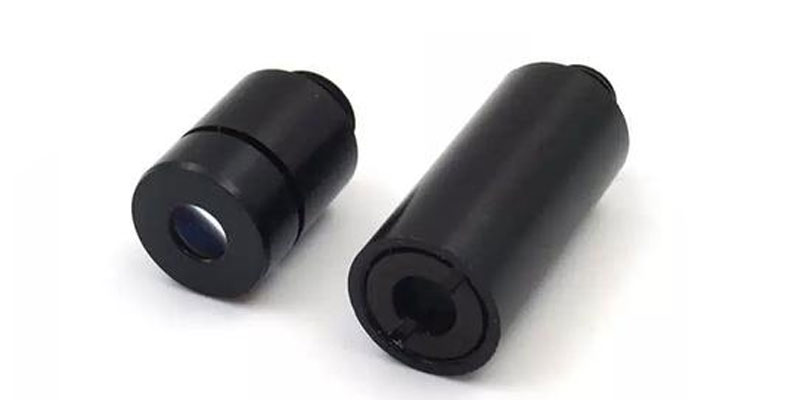
Collimator mirrors Lens are an optical element used to transform the light beam into quasi-parallel or parallel light. This is a complete description of collimating mirrors
1.Definition and Principle:
An optical collimating part usually made up of a convex lens or a concave reflection, even a conventional surface mirror.
This is built on the concept of specular reflection. This assures it is certain that reflecting and incident light rays is exactly identical by putting the light rays in an angle perpendicular to the mirror’s surface.
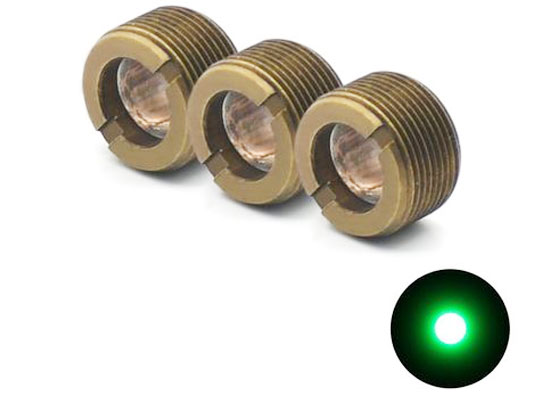
2. Structure and composition
Usually, it consists typically of a tube mirror as well as field mirror.
The mirror with the field of view is located on the left side of the tube for collimating which is used to verify whether the goal is in the right direction, to expand the field of view of the target and aid in the accurate measurement and correction of the goal.
3.Application areas:

Scientific research and precision measurement It is used extensively in optical measurement, including precise measurement of length, angle, and shape.
Construction engineering and measurement of Engineering: utilized to adjust the level, determining the height differences of terrain or ground undulation and also for calibration during the construction and installation of water flow channels pipes, water flow and other.
Instrument calibration: Utilized together with rangefinders or longitudes and latitudes to increase the accuracy of measurements and calibration accuracy.
Laser technology can also be used as a laser beam extender mirror, which is commonly used in interferometry, laser scanning or telemetry.
4. Types:
Reflective collimators: Typically, they use copper reflectors that are full of copper.
Transmissive collimators: utilize materials like Zinc Selenide Lenses.
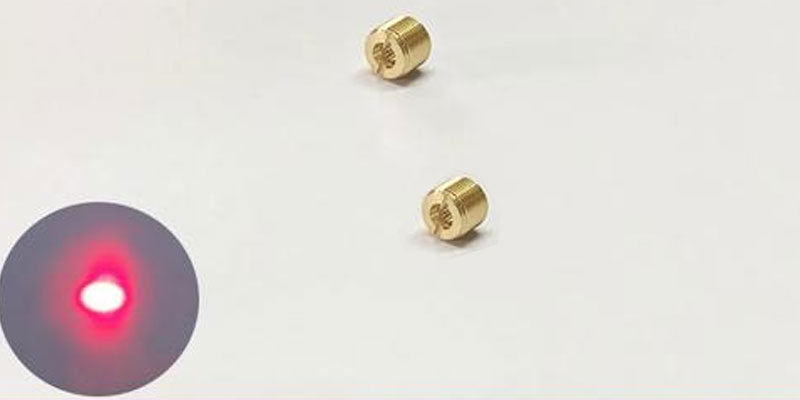
5.Features:
Simple structure Low cost, compact size.
The ability to concentrate on the beam of light into an alternating beam of light that makes the direction and path of the light easier to follow and analyse.
6.Product Parameters:
The parameters that are specified may include finish tolerance, thickness tolerance and dimensional tolerance, as well as a protective chamfer, material, etc.
optlenses
Related posts
What is the group velocity dispersion?
Cylinder Lens:The Function and Application Areas
What is The Interferometers?
Dichroic Mirror: A Reliable Assistant in Gemstone Identification

